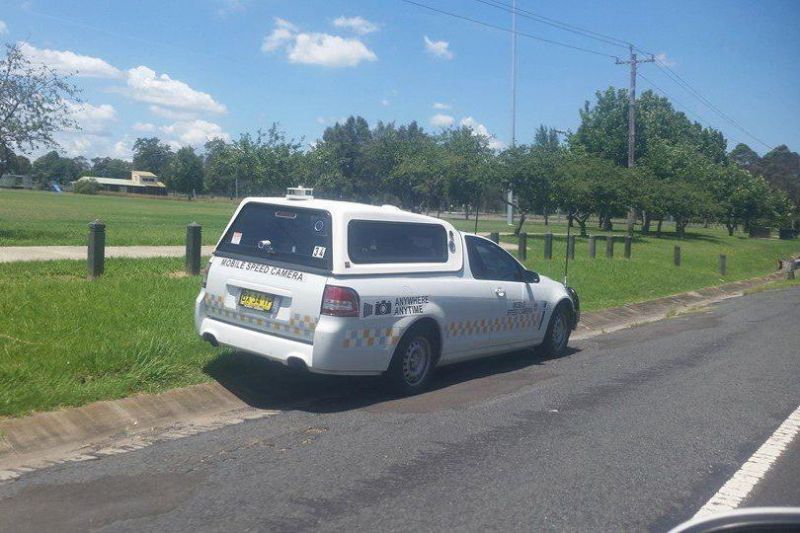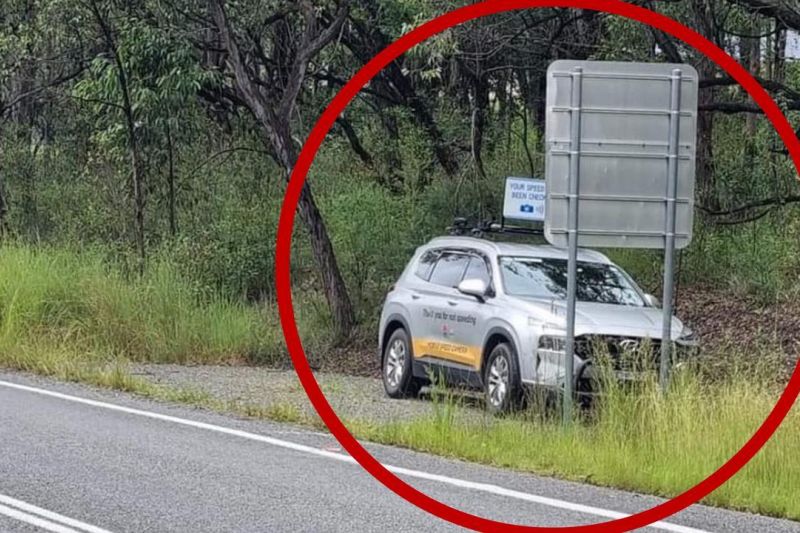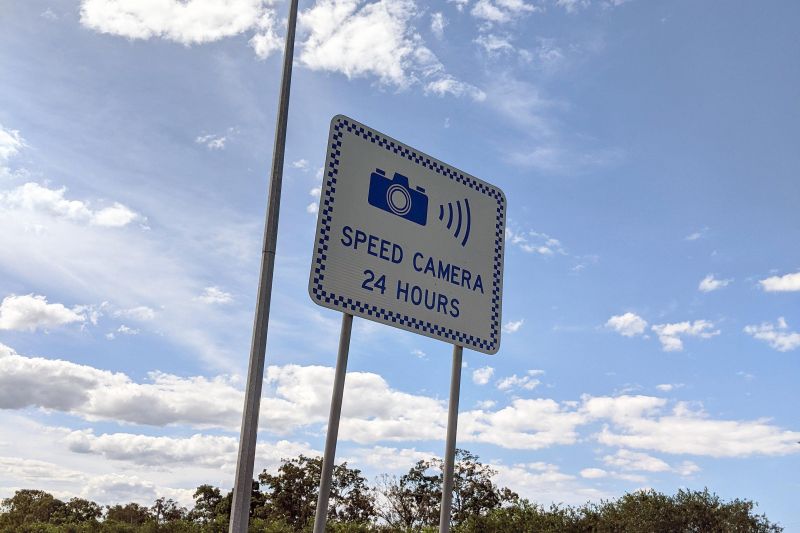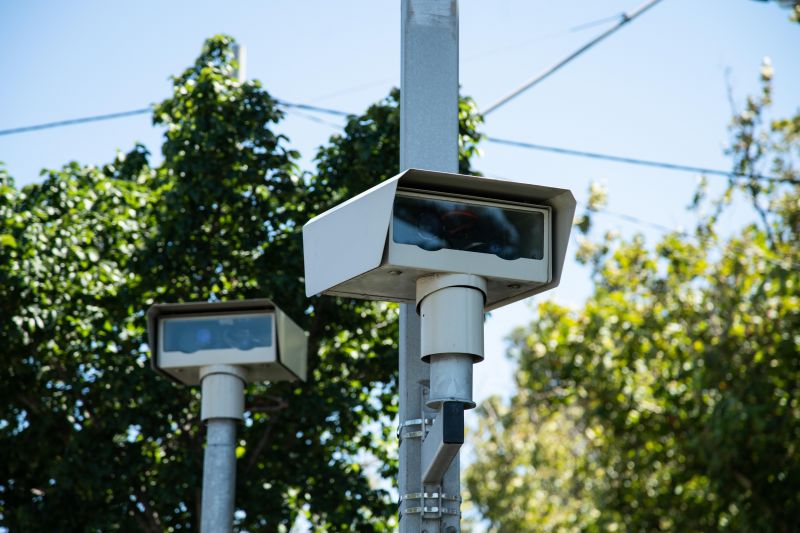Speed camera operators in New South Wales have to follow new rules following criticism their vehicles were being hidden from view.
Transport for NSW has responded to criticism of vehicles’ placement, telling officials in a Budget Estimates meeting late last week it has revised its protocols.
In its revised protocols, speed camera operators now must park 10 to 15 metres from the nearest vehicle, both in front of and behind the camera vehicle.
This is to make the speed camera signs more visible, following complaints speed camera vehicles have been parked in rows of cars or obscured by foliage.
Under NSW protocols, speed camera operators must also look for any obscuring foliage or signage and report back to their operations centre to confirm their vehicle is correctly positioned.
“What occurred over a period of time is the community raised concerns about how far ahead they could see those signs and we have responded in an iterative manner to those concerns that were raised,” said Tara McCarthy, deputy secretary for safety, environment and regulation at Transport for NSW.
“However, at the end of the day, if a person commits an offence, then they have committed an offence.
“They always have the ability to ask for that offence to be reviewed and individual cases will be considered.”
The Government publishes a list of all speed camera locations, and says these have been determined with consideration given to distance from speed limit change and the gradient of the road.
From April 1, all vehicles undertaking mobile speed camera enforcement in NSW must have a sign installed warning motorists.
These signs, which cost $2.6 million, are raised electronically by the operator inside the vehicle.
That operator is then required to send a photo of a dashboard light to indicate when they both raise and lower the sign to their operations centre.
Transport for NSW says it’s investigated every single photograph that has been sent to them of an allegedly obscured speed camera sign.
The sign has to be on the roof of one of NSW’s 143 speed camera vehicles for any photos to be taken and fines to be issued.
These vehicles operate 24/7, and the signs are retro-reflective so they can be visible at night.
Transport for NSW has already established a hotline where residents can call and report any concerns with camera placement.
The installation of signs is a partial reversal of a relatively new policy, which has directly impacted the amount of speed camera revenue the State Government has received.
In late 2020, the NSW Government announced it was removing warning signs placed 250 metres ahead of cameras, and reducing the visible livery on its camera vehicles.
Its fleet of 45 mobile speed cameras also had their active time tripled from 7000 hours per month to 21,000 hours.
In the 2019-20 financial year, the NSW Government collected $106.63 million in speed camera revenue, including fixed and mobile cameras.
In the 2020-21 financial year, this almost doubled to $201.4 million, and it increased further to $237.59 million in the 2021-22 financial year.
Much of this bump in revenue can be attributed to fines given to drivers exceeding the speed limit by 10km/h or under.
In FY19/20, this accounted for $43.26 million in revenue, while the following financial year it spiked to $128.66 million.
“I would say, both operators have the capacity to operate 21,000 hours per month now. There have been other factors that have impacted that—for example, the floods and areas that were heavily impacted by floods,” said Ms McCarthy.
“It was not safe nor was it appropriate to deploy mobile speed camera vehicles into those communities that were suffering.
“That has reduced the hours that they delivered so the numbers that we give you are not necessarily reflective of their capacity.
“They have now got enough fleet and capacity to deliver those 21,000 hours.”
The NSW Labor Opposition is calling for the return of the old warning signs, placed before and after mobile speed camera vehicles.











